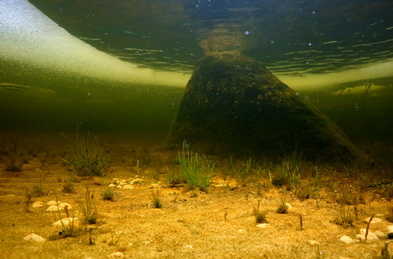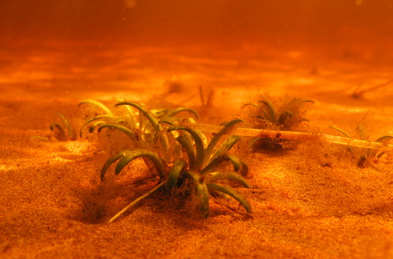Brownification of lobelia lakes
Lobelia lakes are probably the most common type of
lake in Scandinavia and these are named after Lobelia dortmanna which is a key-species of the underwater
vegetation. The lakes are naturally extremely nutrient-poor, low in carbonates
and highly transparent. Elodeid species such as pondweeds and water milfoil never
dominate the vegetation as these species require some bicarbonate to be present
in the water. Instead, the vegetation is dominated by L. dortmanna, Littorella uniflora, Isoetes lacustris, I. echinospora
and some other rare types of isoetids that all rely on sediment-derived CO2
for photosynthesis.
Projects are offered both at BSc and MSc levels and may have a strict laboratory focus to reveal how key species respond to brownification. You may also choose a more field-based approach in order to better understand how brownification is related to e.g., catchment, land use, soil types, lakes size and other parameters that can be quantified using GIS.
In Denmark, we only have few lobelia lakes when compared to e.g., Sweden and Norway. The reason is that the soils in Denmark are mostly carbonate-rich and thus the water chemistry does not fit the requirements of the isoetids. However, in the north-western part of Jutland in Nationalpark Thy, the numerous shallow water bodies host rich populations of particularly Littorella and Lobelia. These natural habitats are threatened by brownification and hence there a great need to further understand the exciting ecology of these species in order to propose effective management plans to the Nationalpark. Interestingly, global warming will also impact on the processes leading to brownification and thus the distribution of isoetids.
Brownification is a global issue - come and help us to better understand what drives the disastrous development!
See the list of publications for articles on this exciting topic!
Contact Ole Pedersen for more information.


